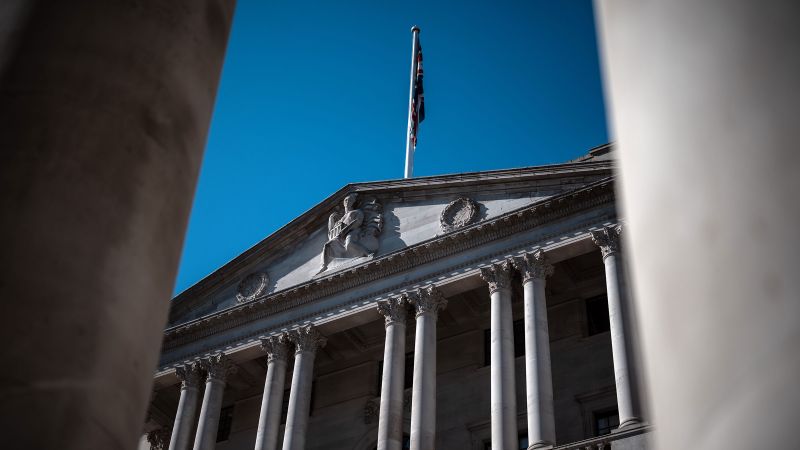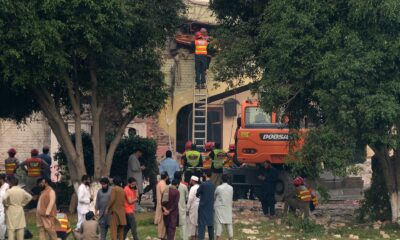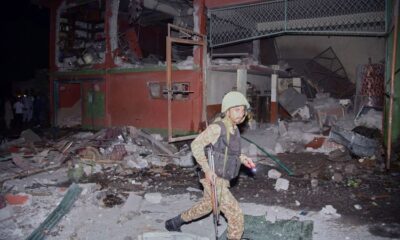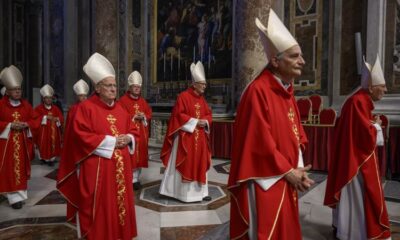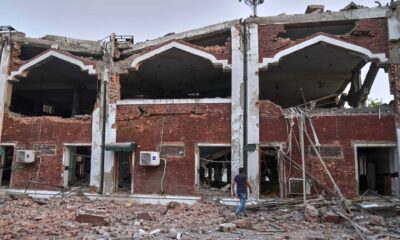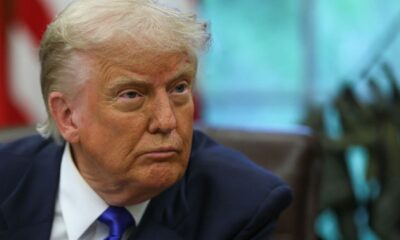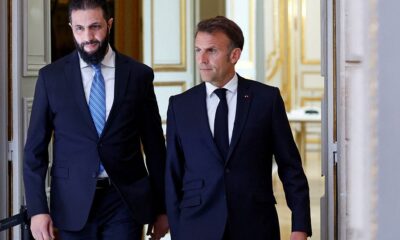London
CNN
—
The Bank of England has cut its main interest rate by a quarter of a percentage point, citing lower UK inflation.
The move, which had been widely expected, brings the main cost of borrowing in Britain to 4.25%. It is the fourth cut the central bank has made since it started reducing rates in August last year.
The central bank said in a statement that “substantial progress” on reducing inflation over the past two years has allowed it to gradually cut rates.
But it also said that “uncertainty surrounding global trade policies has intensified” since US President Donald Trump’s tariffs have ignited a trade war in recent weeks.
“Prospects for global growth have weakened as a result of this uncertainty and new tariff announcements, although the negative impacts on UK growth and inflation are likely to be smaller,” the central bank said.
Bank officials thought the global trade war was likely to drag on the UK economy, according to the minutes of the bank’s Wednesday policy meeting.
Speaking to reporters Thursday, Bank of England Governor Andrew Bailey said he welcomes reports that the United Kingdom and the United States are set to announce a trade deal later in the day.
“It will help to reduce uncertainty,” he said, adding that the UK is “a very open economy” that is affected by the consequences of Trump’s tariffs and trade policies applied to other countries.
“I hope the UK agreement, if it is indeed announced this afternoon, will be the first of many,” Bailey added.
Last month, he said he was concerned about the potential “growth shock” to the UK from Trump’s tariffs.
In an interview with CNBC, Bailey said the “sheer level of uncertainty” Trump’s trade policy injected into the global economy means that businesses are more likely to hold off making investments and consumers will be less willing to spend.
In April, a closely watched survey of UK businesses already showed a contraction in output. The PMI index based on the survey registered its lowest level since November 2022.
Also in April, the International Monetary Fund downgraded its economic growth forecasts for numerous countries, including the United Kingdom, and joined a chorus of warnings from economists and business leaders about economic damage from US tariffs.
Bailey, in his interview with CNBC, said the higher US tariffs could also lower UK inflation. That would give the Bank of England more room to cut rates if the economy needed a boost.
Bailey cited the potential for goods to be redirected from the United States to Britain. One way this could happen is if the UK sees an influx of low-priced Chinese exports, diverted from the US. More goods on the market mean more competition, which tends to lower prices.

